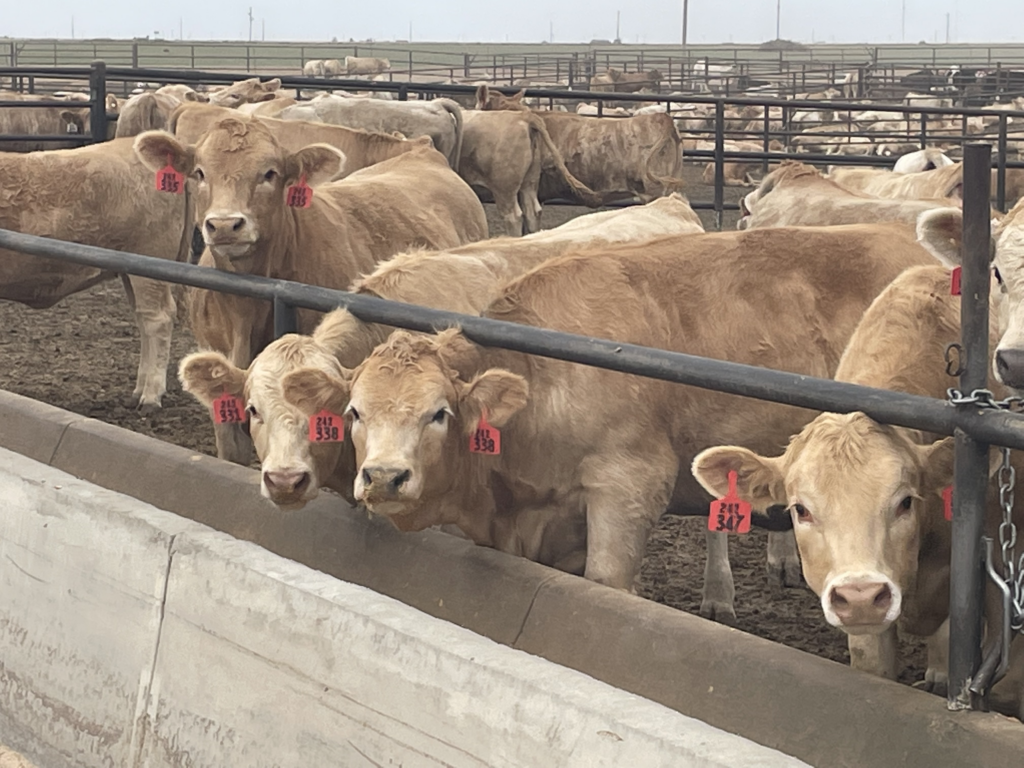Antimicrobial Drug Use In Feedlot Cattle
By Dr. Enrique Doster | Post-Doctoral Research Associate in Large Animal Clinical Sciences

This research study, titled “Evaluating the effects of antimicrobial drug use on the ecology of antimicrobial resistance and microbial community structure in beef feedlot cattle,” provides an in-depth look at how antibiotics used in cattle farming impact bacterial communities, particularly in relation to antimicrobial resistance (AMR), in which microorganisms, like bacteria, become resistant to the drugs used to treat them. This is important because raising animals without antibiotics has welfare and productivity implications. Therefore, our broad goal is to investigate how to improve the welfare of more animals to produce more food, for more people, at a lower cost.
Conducted on one of the largest cohorts ever studied in this context — 60,000 head of cattle —this study meticulously recorded every milligram of antibiotic administered over several years, offering a precise analysis of drug use across multiple feedlots. To better understand the broader implications of antibiotic use, we employed state-of-the-art metagenomic sequencing, which allows us to examine the entire microbiome — the community of microorganisms living in the cattle and the pen-floor — rather than focusing on specific pathogens.
This approach produced a comprehensive snapshot of how antibiotics are shaping microbial ecosystems in ways that could influence the development and spread of AMR, potentially posing challenges for animal health and public safety. Results from this study were consistent with other investigations showing that, compared to other factors such as time and geography, differing antibiotic drug exposures did not have strong effects on AMR or the fecal microbial ecology of beef cattle.
These results advance our understanding of how herd management decisions influence the microbiome and AMR, offering data to help identify practices that balance the benefits of antibiotic drug use with the risks of AMR propagation and spread. Studies like this will be critical to refine our strategy for managing AMR to ensure food safety and public health.
